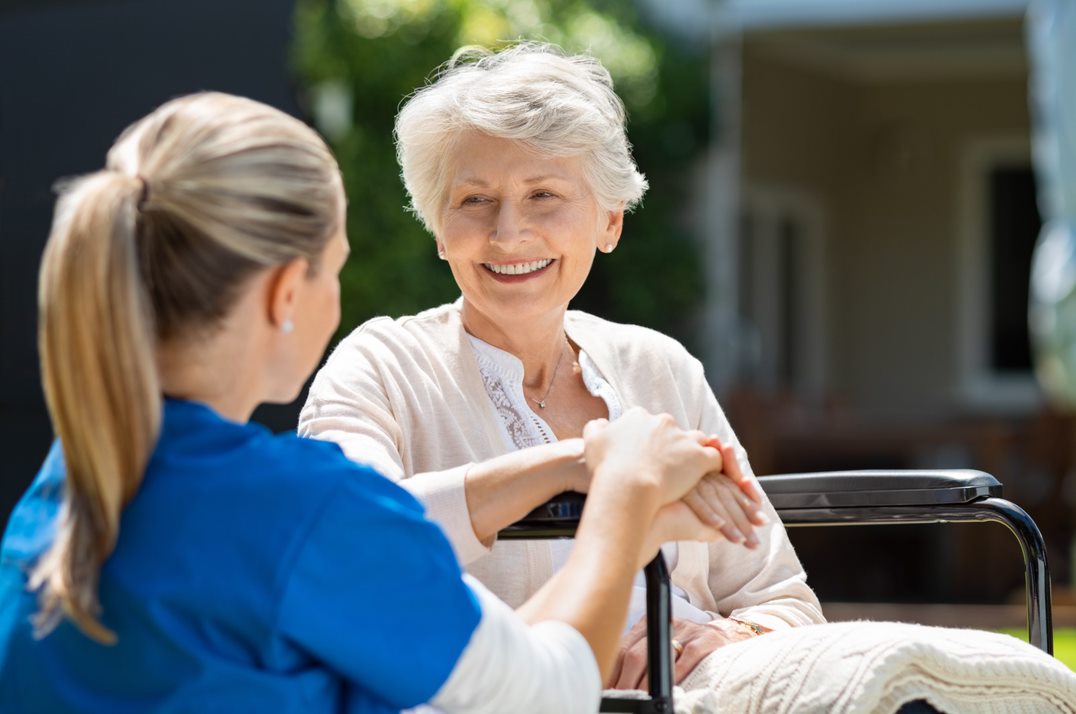The Only Guide for Dementia Fall Risk
Not known Factual Statements About Dementia Fall Risk
Table of ContentsThe Only Guide to Dementia Fall RiskThe smart Trick of Dementia Fall Risk That Nobody is Talking AboutThe 9-Second Trick For Dementia Fall RiskThe Definitive Guide for Dementia Fall RiskEverything about Dementia Fall Risk
In the area, poor road lights or unsafe creeks and garbage dumps may additionally trigger mishaps. Falls Risk Evaluation Tool (FRAT) is a 4-item falls-risk screening tool for sub-acute and domestic care. The FRAT has three areas: drop risk standing, threat element list, and activity plan. A Fall Risk Status includes information regarding history of recent drops, drugs, psychological and cognitive standing of the individual.If the patient ratings on a threat factor, the matching variety of factors are counted to the patient's loss risk score in the box to the far best. If a client's fall threat rating amounts to 5 or higher, the person is at high danger for drops. If the patient ratings only 4 points or reduced, they are still at some threat of falling, and the nurse needs to utilize their best professional analysis to manage all fall risk elements as component of an alternative care plan.
These standard strategies, in general, aid establish a risk-free atmosphere that decreases unexpected drops and defines core preventative actions for all individuals. Signs are vital for individuals at threat for falls.
Little Known Questions About Dementia Fall Risk.
Wristbands need to include the patient's last and initial name, date of birth, and NHS number in the UK. Just red shade should be made use of to signify special patient standing.
Things that are too far may require the patient to reach out or ambulate unnecessarily and can potentially be a danger or add to falls. Assists stop the client from heading out of bed with no support. Nurses reply to fallers' phone call lights faster than they do to lights started by non-fallers.
Visual problems can greatly create falls. Hip pads, when put on correctly, might decrease a hip crack when autumn takes place. Maintaining the beds closer to the flooring decreases the threat of falls and serious injury. Positioning the mattress on the floor dramatically lowers loss danger in some medical care setups. Reduced beds are made to reduce the range a patient drops after moving out of bed.
Some Known Details About Dementia Fall Risk
People who are high and with weak leg muscular tissues that try to remain on the bed from a standing position are likely to fall onto the bed due to the fact that it's also low for them to lower themselves securely. Also, if a high patient attempts to rise from a low bed without aid, the individual is most likely to drop back down onto the bed or miss the bed and fall onto the flooring.
They're created to promote timely rescue, not to protect against falls from bed. Apart from bed alarms, enhanced supervision for high-risk patients additionally might help stop falls.

Clients with an evasion stride rise fall opportunities considerably. To decrease autumn danger, footwear should be with a little to no heel, thin soles with slip-resistant tread, and support the ankles.
The Best Strategy To Use For Dementia Fall Risk
People, especially older grownups, have actually reduced visual ability. Illumination a strange setting assists enhance visibility if the person must rise at evening. In a study, homes with ample lighting report less drops (Ramulu et al., 2021). Renovation in lights in your home might minimize loss rates in older adults (Dementia Fall Risk). Using stride belts by all healthcare companies can advertise safety and security when helping people with transfers from bed to chair.

Caretakers are effective for visit site ensuring a protected, protected, and safe setting. Nevertheless, research studies demonstrated extremely low-certainty evidence that caretakers lower fall threat in intense treatment hospitals and only moderate-certainty that alternatives like video clip tracking can lower sitter usage without increasing loss threat, recommending that caretakers are not as beneficial as initially thought (Greely et al., 2020).
The 10-Second Trick For Dementia Fall Risk

Boosted physical fitness lowers the danger for drops and limits injury that is sustained when fall transpires. Land and water-based exercise programs might be likewise advantageous on equilibrium and gait and thereby decrease the danger for falls. Water exercise may contribute a favorable benefit on balance and gait for ladies 65 years and older.
Chair Increase Workout is a basic sit-to-stand workout that aids enhance the muscular tissues in the thighs and butts and boosts mobility and self-reliance. The goal is to do Chair Surge exercises without using hands as the customer becomes stronger. See sources section for a thorough guideline on how to do Chair Surge exercise.